Home>Garden Essentials>How Many Seeds In A Unit Of Corn
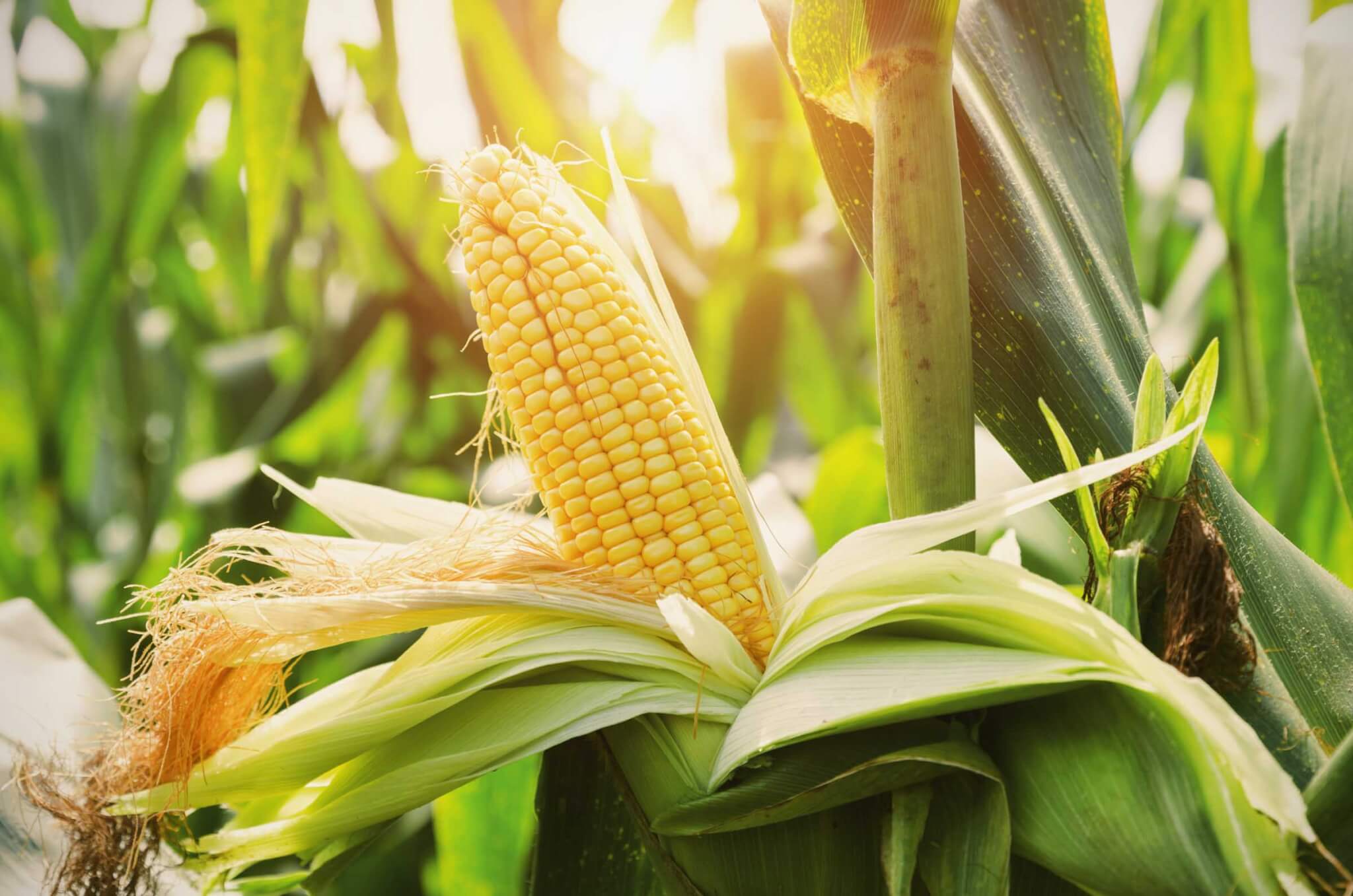

Garden Essentials
How Many Seeds In A Unit Of Corn
Modified: March 15, 2024
Discover the answer to how many seeds are there in a unit of corn. Explore our garden guide for all your corn planting needs.
(Many of the links in this article redirect to a specific reviewed product. Your purchase of these products through affiliate links helps to generate commission for Storables.com, at no extra cost. Learn more)
Introduction
Welcome to the fascinating world of gardening, where seeds hold the promise of new beginnings. When it comes to growing vegetables, one common question that often arises is: how many seeds are there in a unit of corn? Seed count can vary significantly depending on several factors, making it an intriguing aspect for avid gardeners and farmers alike.
The number of seeds in a unit of corn can vary due to factors such as seed size, variety, and quality. Each ear of corn typically contains multiple rows of kernels, and the number of kernels per row can differ from one corn variety to another. Additionally, environmental conditions, such as soil fertility and moisture levels, can also influence the seed count.
Understanding the factors that affect seed count is crucial for gardeners and farmers as it helps them plan their planting strategies and estimate the yield they can expect. In this article, we will explore the various factors that can impact the seed count of corn, the importance of seed count, and methods you can use to determine the seed count of your corn.
So, if you’ve ever wondered about the number of seeds you can expect from a unit of corn, read on to discover the fascinating world of corn seed count!
Key Takeaways:
- Seed count in corn can vary due to factors like kernel size, variety, and quality. Understanding these factors helps gardeners and farmers plan their planting strategies and estimate their yield.
- Factors like variety, seed size, and environmental conditions influence the seed count of corn. Knowing the seed count is crucial for maximizing yield, plant spacing, and economic planning.
Read more: How Many Seeds In A Bag Of Corn
Seed Count Variation
When it comes to corn, the number of seeds in a unit can vary significantly. One of the primary factors contributing to this variation is the size and shape of the corn kernels. Larger kernels tend to have fewer seeds per unit, while smaller kernels can contain a higher number of seeds.
Another factor that affects seed count is the variety of corn being grown. Different corn varieties have varying genetic characteristics, which can result in differences in seed count. Some varieties are bred to produce larger, plumper kernels with fewer seeds, while others may have smaller kernels with a higher seed count.
Additionally, the quality of the corn seeds can also impact the seed count. High-quality seeds are more likely to have a higher seed count compared to lower-quality seeds. This is because high-quality seeds are usually bred and selected for their desired traits, including a higher potential for seed production.
It is worth noting that the seed count can also vary within a single ear of corn. Each ear typically consists of multiple rows of kernels, and the number of kernels per row can differ. Some ears may have more rows of kernels, resulting in a higher seed count, while others may have fewer rows and a lower seed count.
The variation in seed count is not only limited to different corn plants but can also be observed within the same plant. The position of the ear on the corn stalk can influence the seed count, with lower ears often having fewer seeds compared to higher ears. This is because the lower portion of the plant may receive fewer nutrients and resources, affecting the development and potential seed production.
Overall, the seed count variation in corn is a natural phenomenon influenced by factors such as kernel size, variety, seed quality, ear position, and environmental conditions. Understanding these variations can help gardeners and farmers manage their expectations and make informed decisions when it comes to seed selection and planting strategies.
Factors Affecting Seed Count
Several factors can influence the seed count of corn. Understanding these factors is essential for gardeners and farmers to maximize their yield and make informed decisions regarding seed selection and planting techniques. Here are some of the key factors that can affect seed count:
- Variety: Different corn varieties have distinct genetic characteristics that can impact seed count. Some varieties are bred to produce larger kernels with fewer seeds, while others prioritize higher seed count with smaller kernels. When selecting corn seeds, it’s important to consider the desired seed count and overall yield.
- Seed Size: The size of corn kernels can vary, with larger kernels typically having fewer seeds per unit and smaller kernels having a higher seed count. This is because the space within the kernel is finite, and larger kernels have more room for individual seeds to develop.
- Seed Quality: The quality of corn seeds can significantly influence their potential for seed production. High-quality seeds, which have been carefully selected and bred for desirable traits, tend to have a higher seed count. It’s important to source seeds from reputable suppliers and ensure they are stored properly to maintain their quality.
- Environmental Conditions: Environmental factors such as soil fertility, moisture levels, temperature, and sunlight can impact the development and overall seed production of corn plants. Adequate soil nutrition, sufficient water availability, and optimal growing conditions can contribute to higher seed counts.
- Pollination: The pollination process plays a crucial role in determining seed count. Corn plants rely on wind or insect pollination to transfer pollen from the tassel (male flower) to the silk (female flower). Problems with pollination, such as a lack of viable pollen or poor pollination timing, can result in incomplete pollination and lower seed count.
- Spacing and Plant Density: The spacing between corn plants and the overall plant density can impact seed count. If plants are spaced too closely together, competition for resources may occur, leading to lower seed counts. On the other hand, if plants are spaced too far apart, there may be potential for higher seed counts but also a decrease in overall yield.
It is important to note that while these factors can influence seed count, they do not solely determine the success of a crop. Each factor should be considered along with other aspects such as disease resistance, maturity rate, and overall plant health when selecting corn varieties and planning for a successful harvest.
By understanding and accommodating these factors, gardeners and farmers can optimize their corn production and achieve the desired seed count for a bountiful harvest.
The average unit of corn contains about 800 kernels, or seeds. This can vary depending on the variety of corn and growing conditions.
Importance of Seed Count
The seed count of corn holds significant importance for gardeners and farmers alike. It plays a crucial role in determining the overall yield, plant spacing, and even economic considerations. Understanding the importance of seed count can help in maximizing productivity and ensuring a successful harvest. Here are some reasons why seed count is important:
- Maximizing Yield: The seed count directly correlates with the potential yield of a corn crop. Higher seed counts generally result in a higher number of plants, which in turn can lead to a greater overall harvest. By selecting corn varieties with a desired seed count and optimizing planting techniques, growers can maximize their yield and productivity.
- Optimal Plant Spacing: The seed count influences the spacing between corn plants, which is crucial for their healthy growth and development. Proper plant spacing ensures that each corn plant has enough space to obtain sunlight, nutrients, and water without excessive competition. By considering seed count, gardeners can determine the appropriate distance between plants, maximizing their access to resources and preventing overcrowding.
- Economic Considerations: Seed count can have economic implications for farmers. Determining the seed count helps in calculating the seed cost per acre or per planting area. It also assists in estimating the overall costs of production and potential revenue of the corn crop. By having an accurate understanding of the seed count, farmers can effectively manage their budget and make informed decisions.
- Planning and Resource Management: Seed count is a fundamental aspect of crop planning. Knowing the expected number of plants allows gardeners and farmers to allocate resources such as fertilizers, irrigation, and labor efficiently. It helps in determining the required amount of inputs and enables growers to plan for optimal resource utilization throughout the growing season.
- Seed Quality Evaluation: Seed count can serve as an indicator of seed quality. A lower seed count than expected may raise questions about seed viability and potential issues with germination. By evaluating seed count, gardeners and farmers can assess the quality of their seeds, identify any potential problems, and take appropriate corrective actions.
Understanding the importance of seed count empowers gardeners and farmers to make informed decisions, optimize their planting strategies, and ultimately achieve a successful and productive corn harvest. By considering the seed count alongside other factors such as variety selection, environmental conditions, and crop management practices, growers can increase their chances of reaching their desired outcomes and reaping the rewards of their efforts.
Methods of Determining Seed Count
Determining the seed count of corn is crucial for gardeners and farmers to plan their planting strategies and estimate their crop’s potential yield. Fortunately, there are several methods available to accurately determine the seed count. Here are some commonly used methods:
- Manual Counting: The most straightforward method is to manually count the seeds. This can be done by carefully dissecting an ear of corn and counting the individual seeds. While this method is time-consuming and labor-intensive, it provides an accurate count and allows for close examination of the seeds’ quality.
- Weight-Based Estimation: Another method involves weighing a known quantity of seeds and calculating the seed count based on the weight. This method assumes that the weight of a specific number of seeds is consistent across the sample. By weighing a representative sample and extrapolating the seed count, growers can estimate the total seed count for their crop.
- Seed Density Measurement: Seed density measurement involves using a specialized tool called a seed counter or seed density measurement instrument. This device uses advanced technology to automatically count and verify the seed count of a sample. It significantly reduces the time and effort required compared to manual counting and provides accurate results.
- Seed Size and Weight Information: Some seed suppliers provide information on the average size and weight of their seeds. By knowing the average seed size and weight, gardeners and farmers can estimate the seed count based on the weight of a given quantity of seeds. This method is less precise than manual counting or using seed density measurement but can provide a rough estimate.
- Supplier-Provided Information: Seed suppliers often provide information on the seed count per unit or per bag. This information is based on their internal quality control processes, and it can give a good estimate of the seed count. However, it is still advisable to verify the actual seed count through manual counting or using other methods mentioned above.
When determining the seed count, it is important to consider using multiple methods for validation and accuracy. Each method has its own advantages and limitations, and cross-referencing the results can help ensure a reliable estimation.
By utilizing these methods, gardeners and farmers can accurately determine the seed count of their corn crop. This knowledge can empower them to make informed decisions regarding planting density, resource allocation, and yield estimation, leading to a successful and rewarding harvest.
Read more: How Many Seeds Per Acre For Corn
Conclusion
In the world of gardening and farming, understanding the seed count of corn is essential for maximizing productivity and planning for a successful harvest. The seed count can vary based on factors such as seed size, variety, quality, environmental conditions, and even the position of the ear on the corn stalk. By considering these factors, growers can make informed decisions regarding seed selection, planting techniques, and resource management.
Throughout this article, we explored the seed count variation in corn and the factors that can affect it. We learned that larger kernels generally have fewer seeds per unit, while smaller kernels can have a higher seed count. The variety of corn being grown and the quality of the seeds also play a significant role in determining seed count.
The importance of seed count became evident as we delved deeper into its implications. Seed count directly influences the overall yield of a corn crop, optimal plant spacing, and economic considerations for farmers. By accurately determining the seed count, gardeners and farmers can plan their planting strategies effectively, allocate resources efficiently, and evaluate the quality of their seeds.
We discussed various methods for determining seed count, including manual counting, weight-based estimation, seed density measurement, and utilizing supplier-provided information. These methods offer different levels of accuracy and convenience, enabling growers to choose the most suitable method for their needs.
In conclusion, the seed count of corn is a critical aspect of gardening and farming. It impacts the potential yield, optimal plant spacing, resource management, and economic considerations. By understanding the factors that affect seed count and using appropriate methods to determine it, growers can optimize their crops’ productivity and achieve a successful harvest.
Frequently Asked Questions about How Many Seeds In A Unit Of Corn
Was this page helpful?
At Storables.com, we guarantee accurate and reliable information. Our content, validated by Expert Board Contributors, is crafted following stringent Editorial Policies. We're committed to providing you with well-researched, expert-backed insights for all your informational needs.
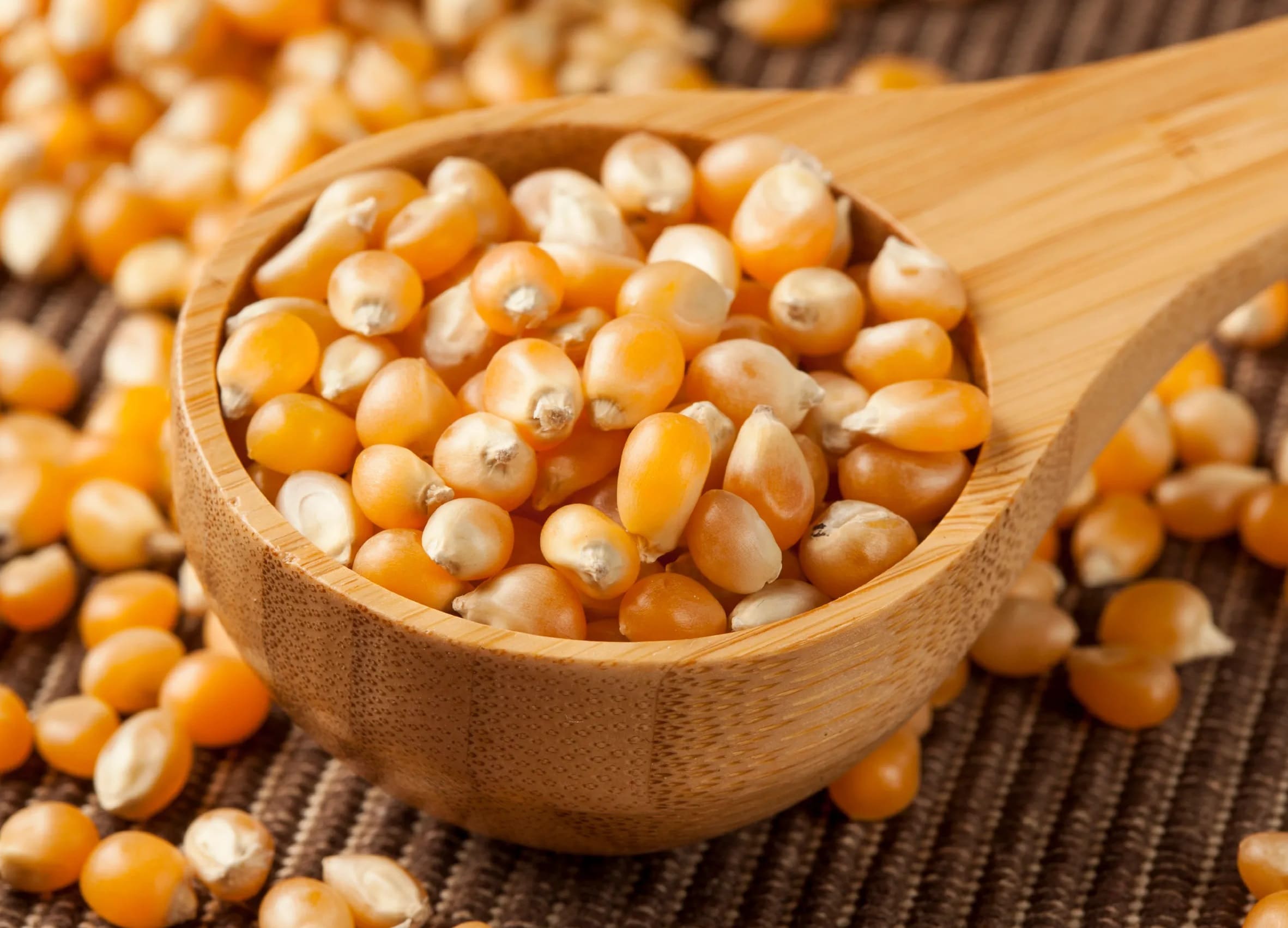
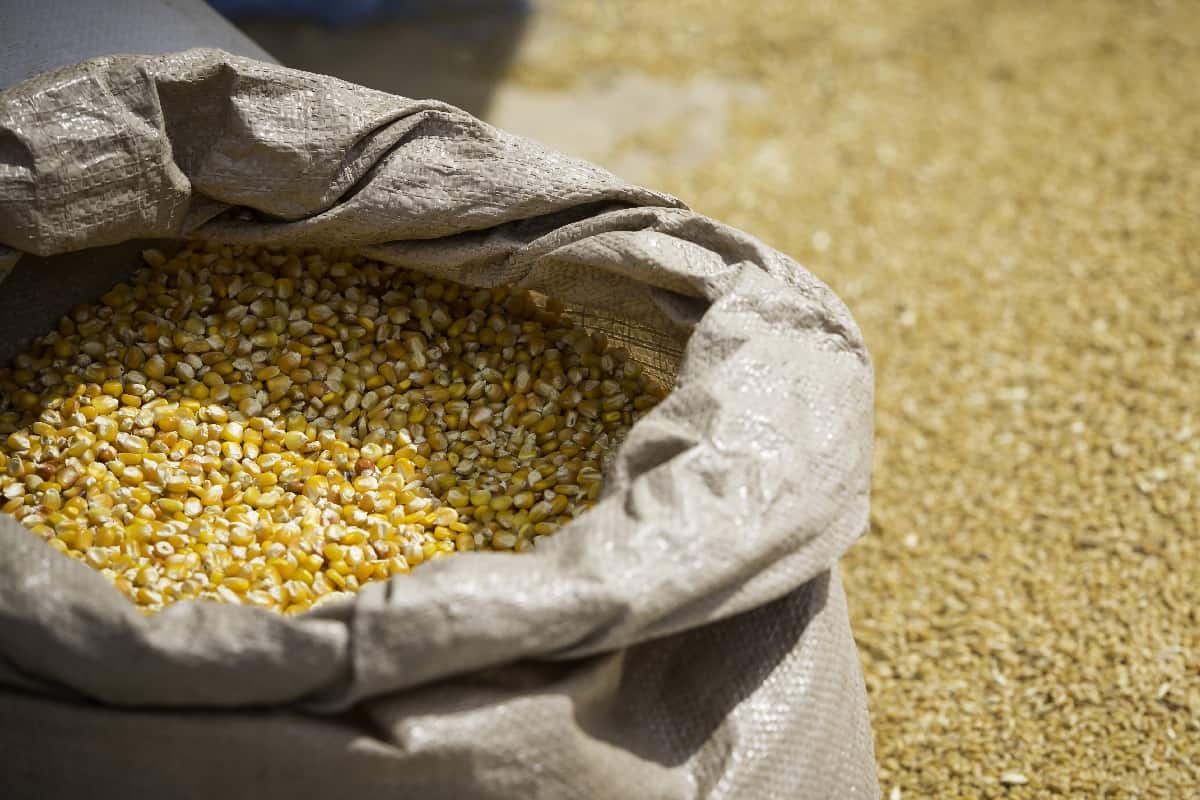
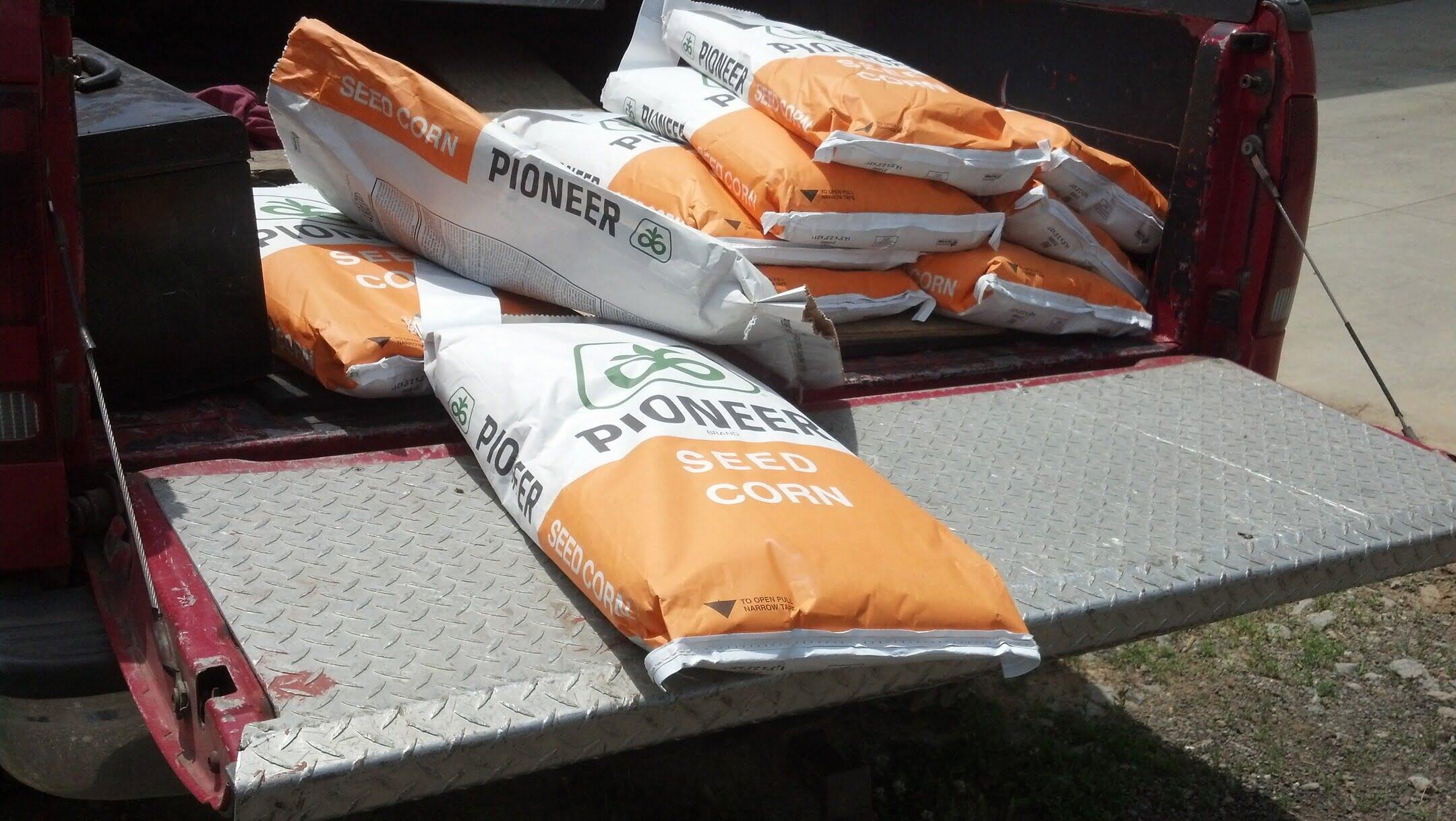
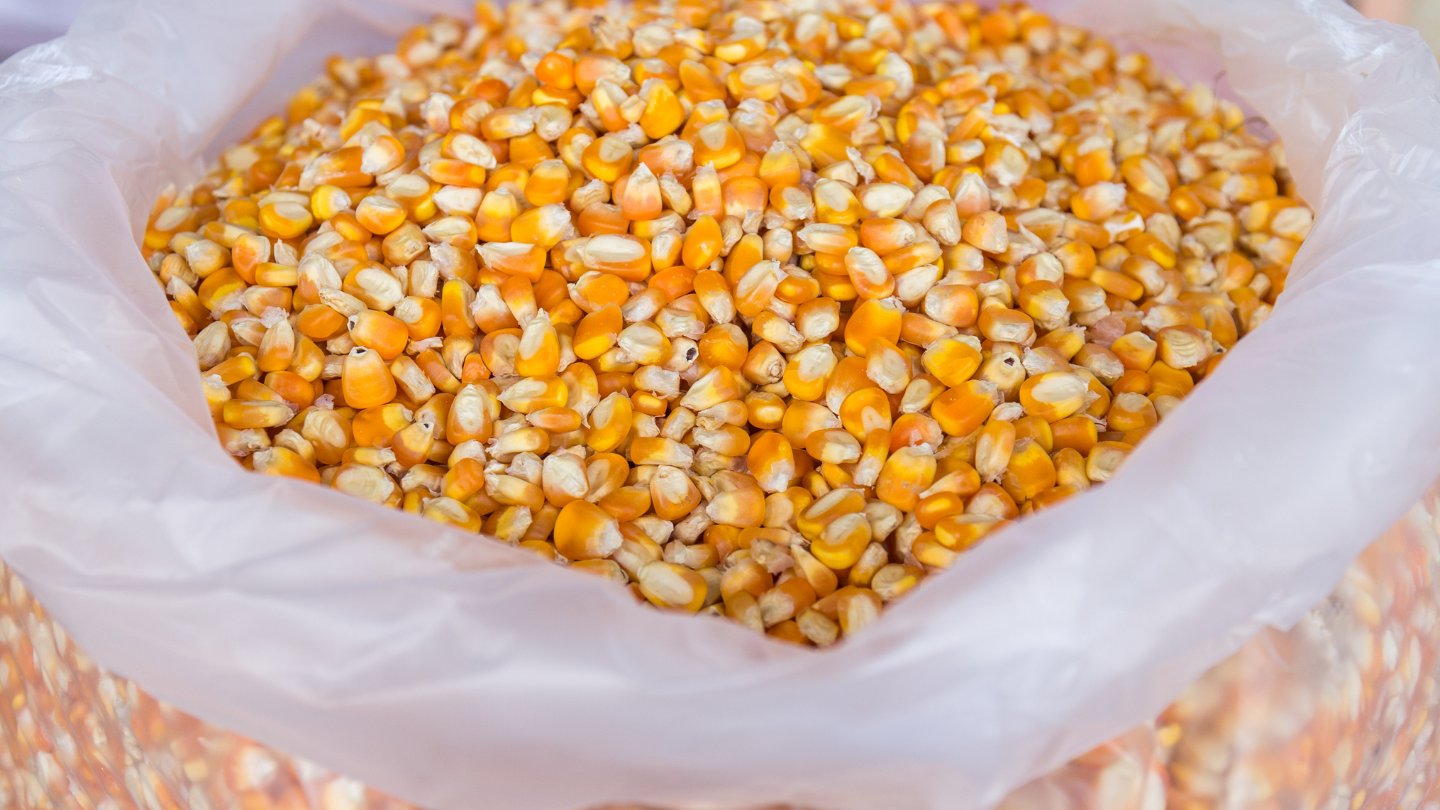
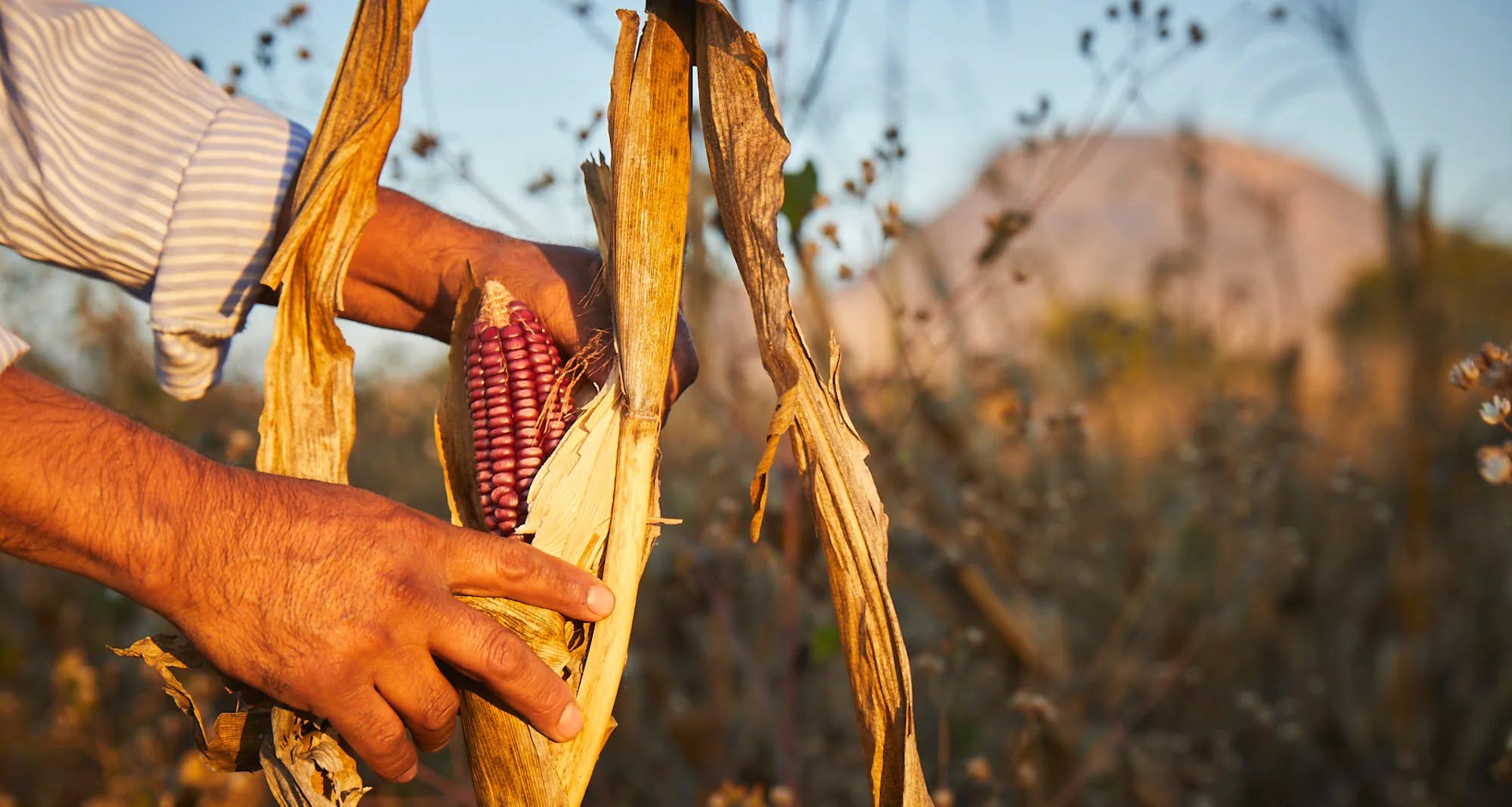

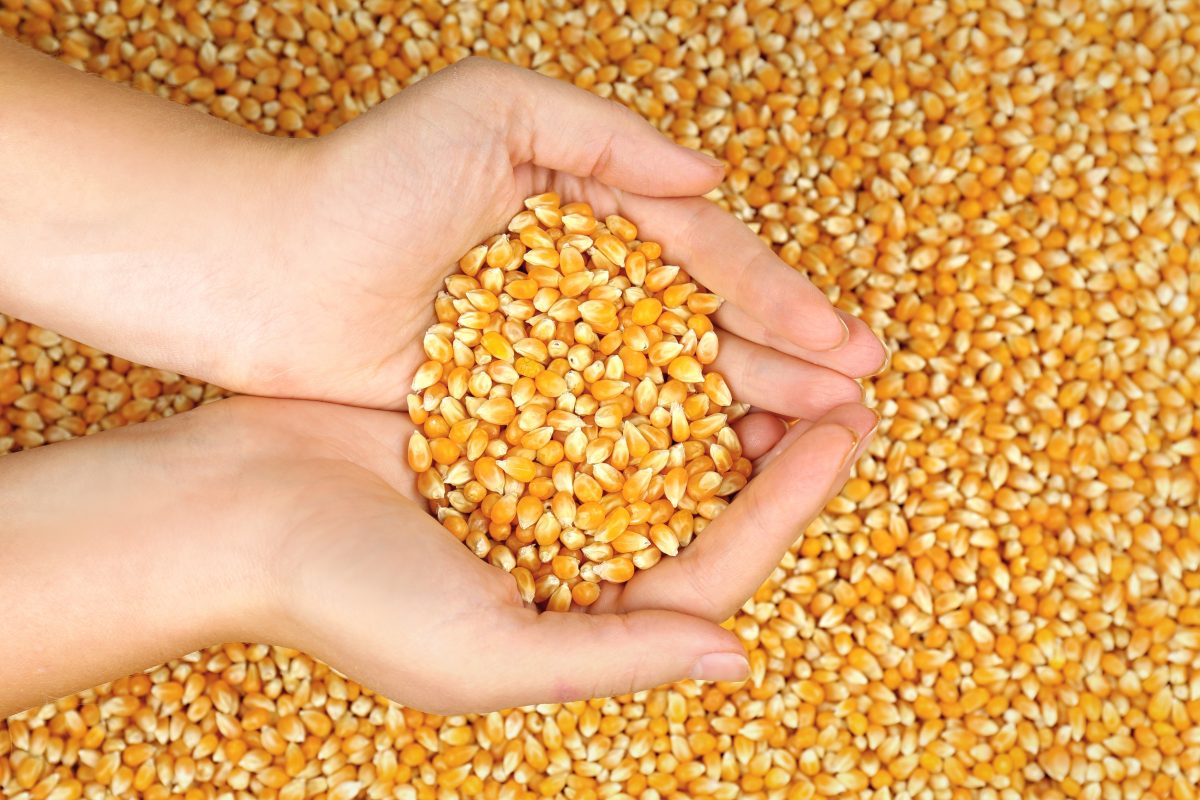
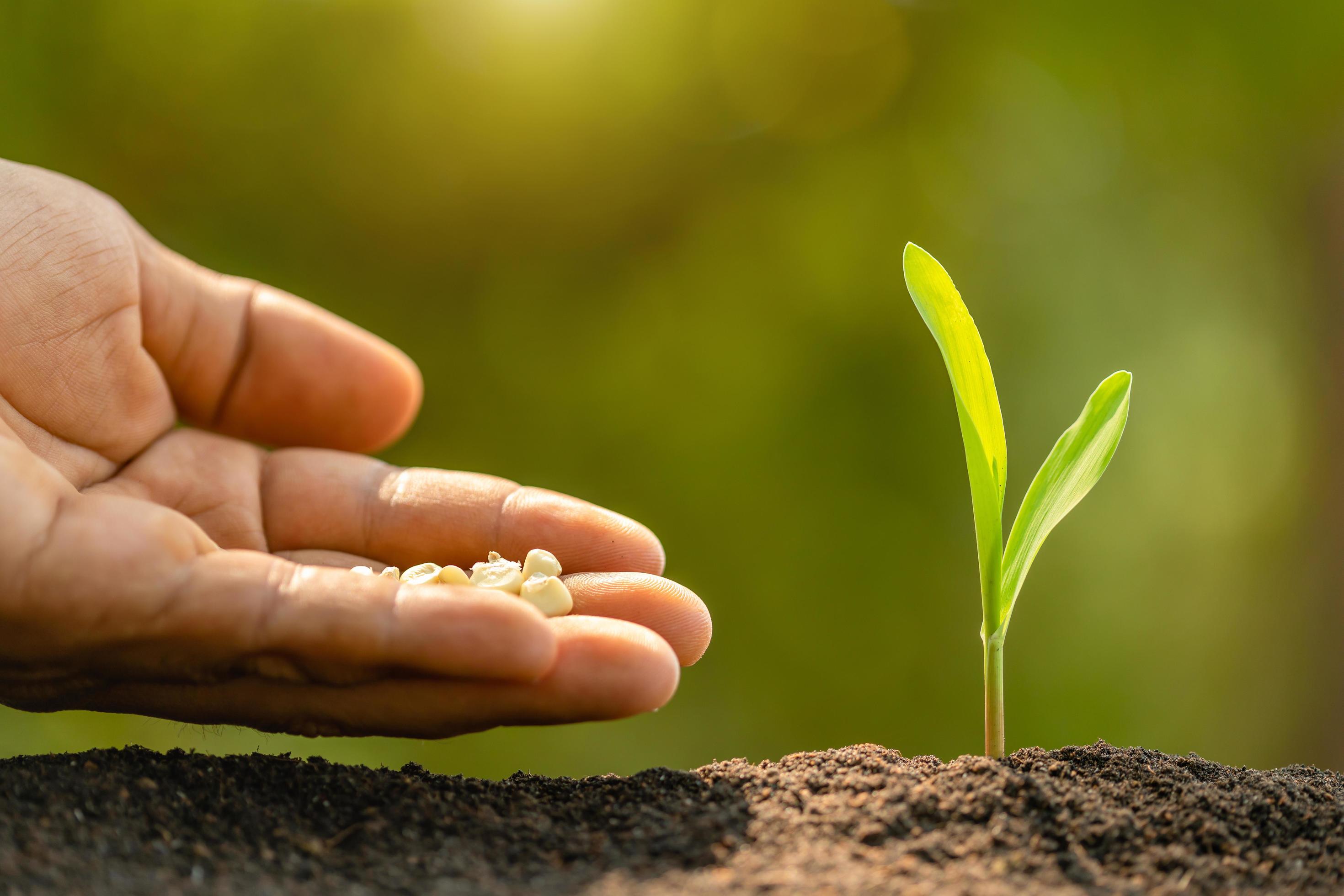
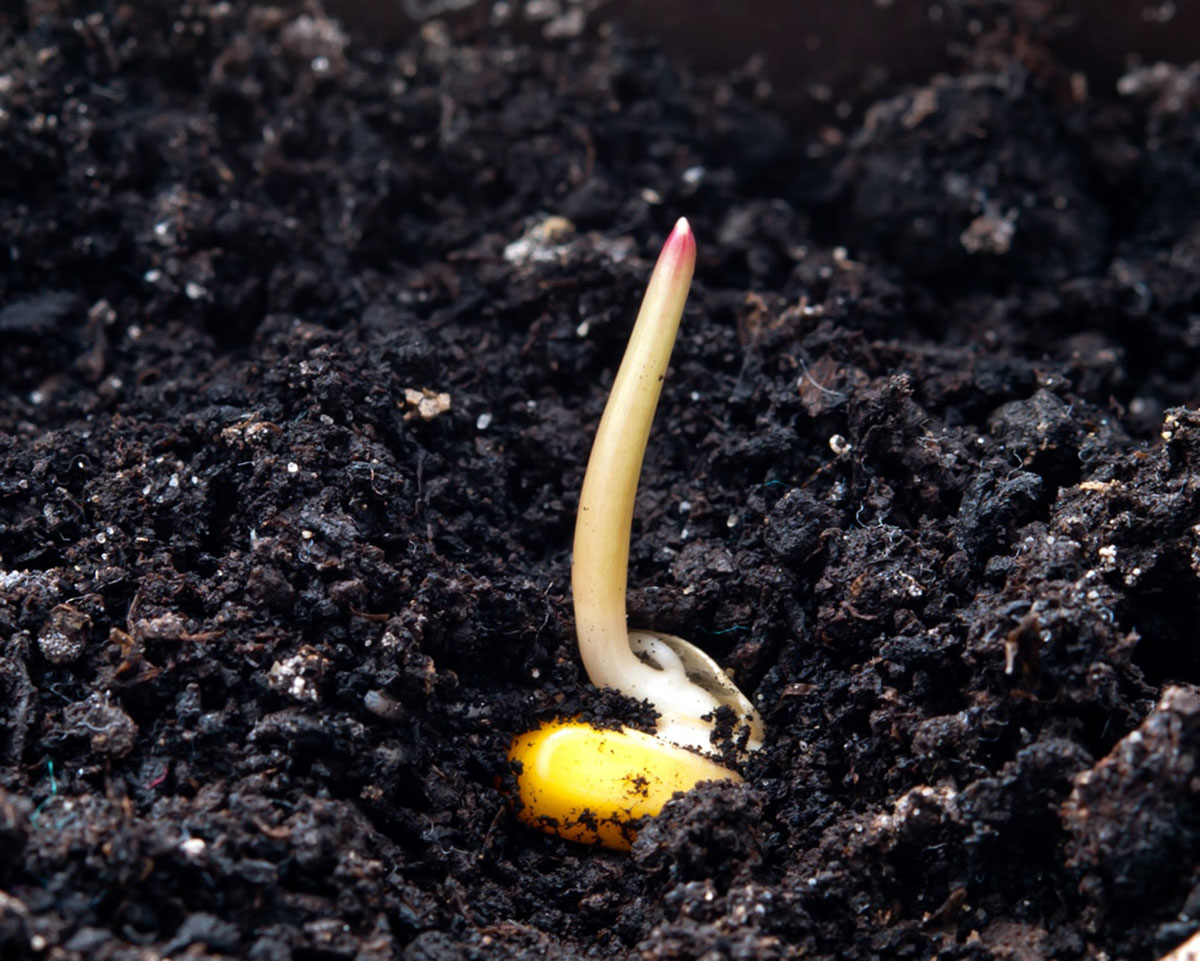
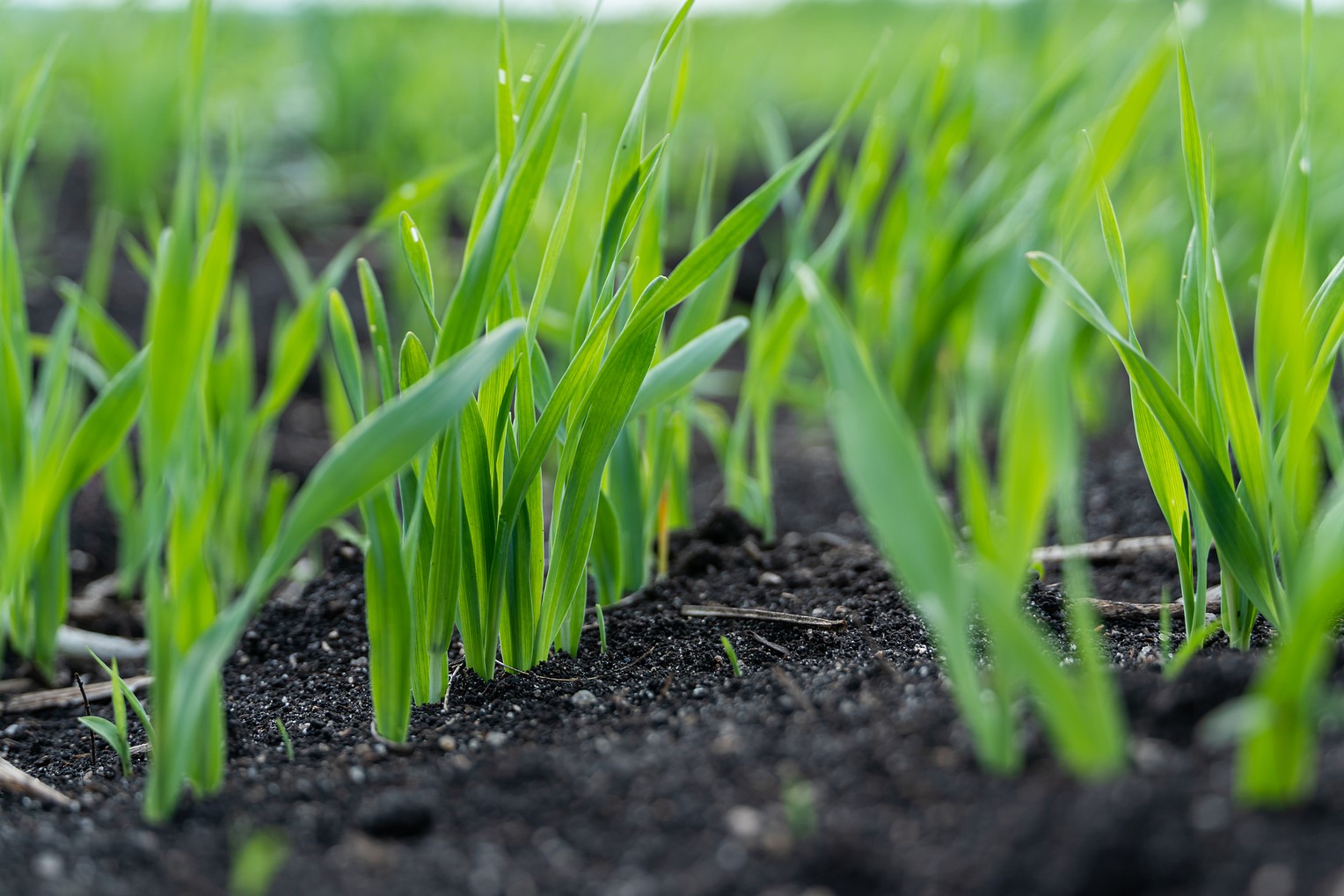
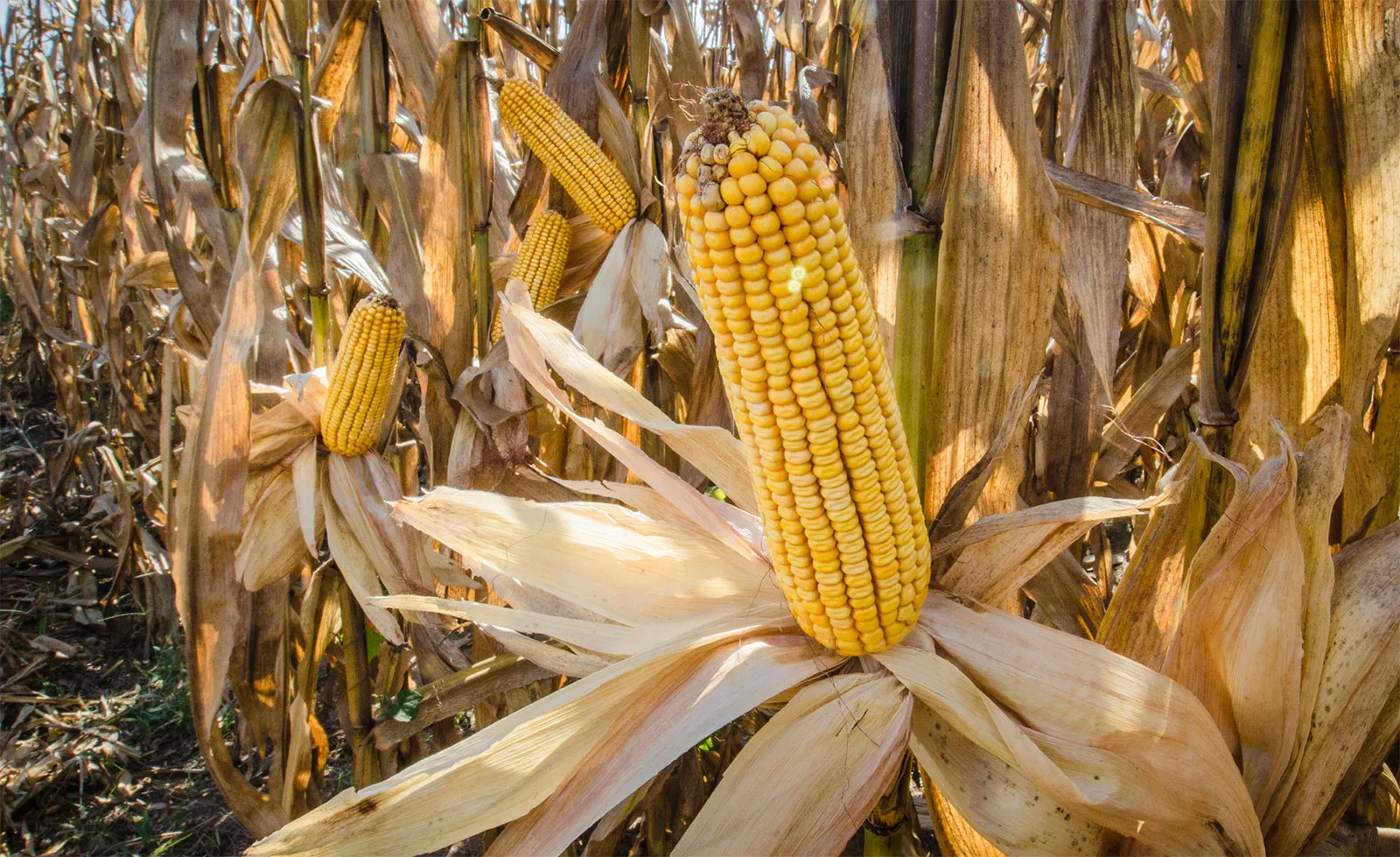
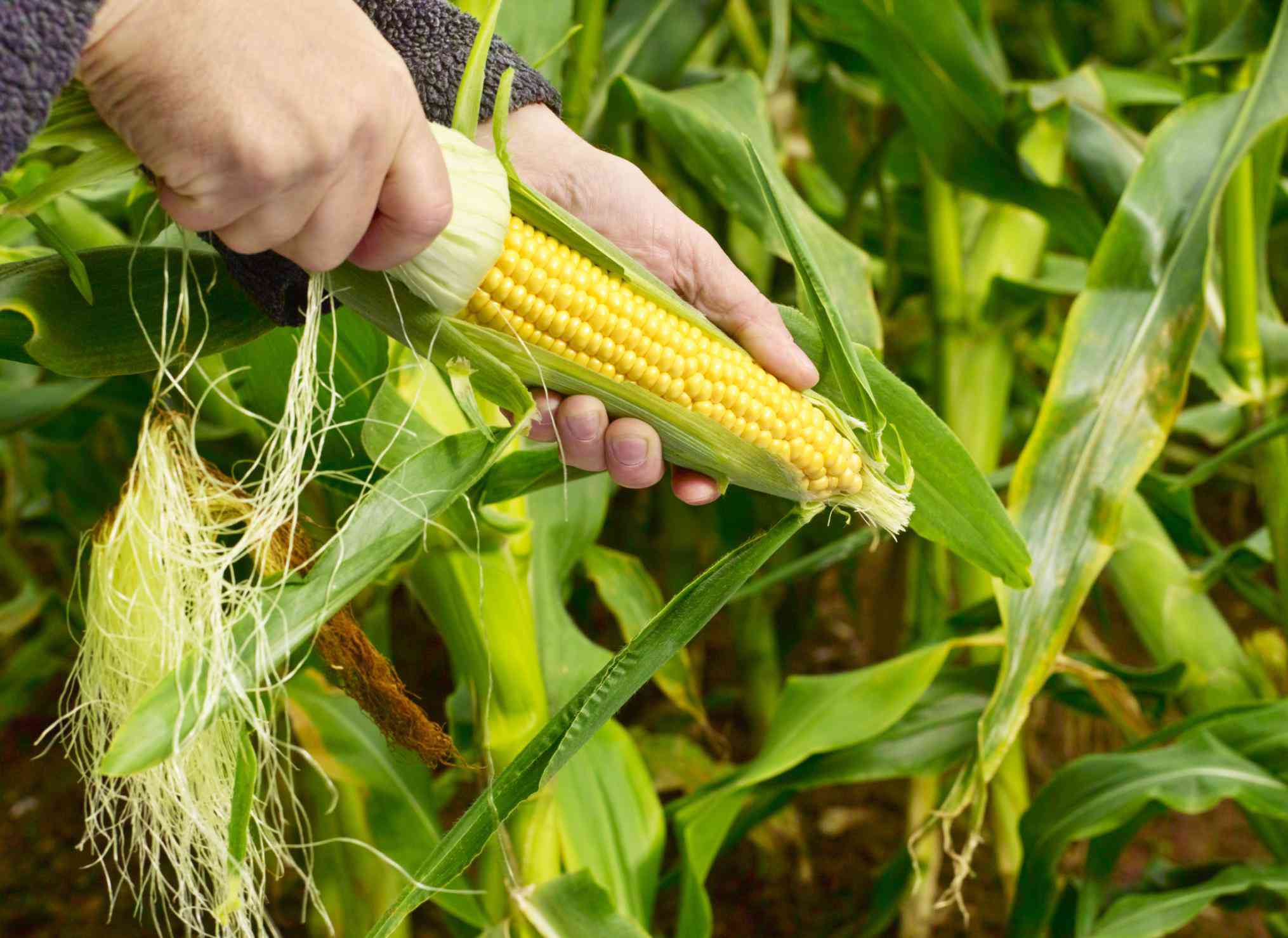
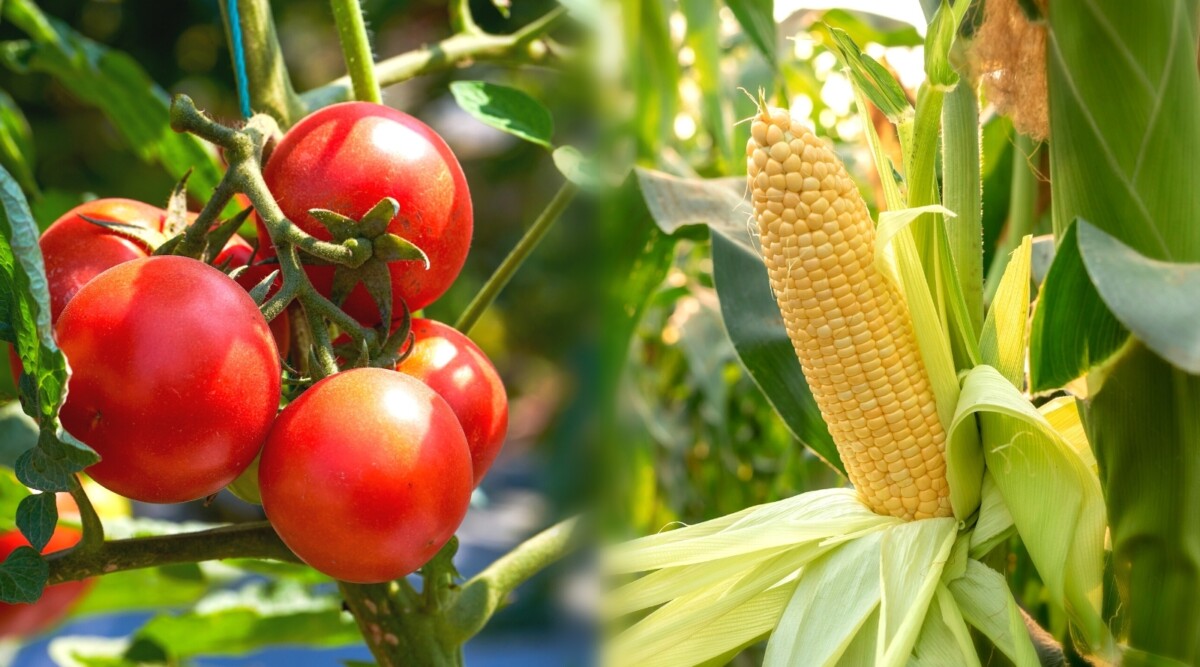
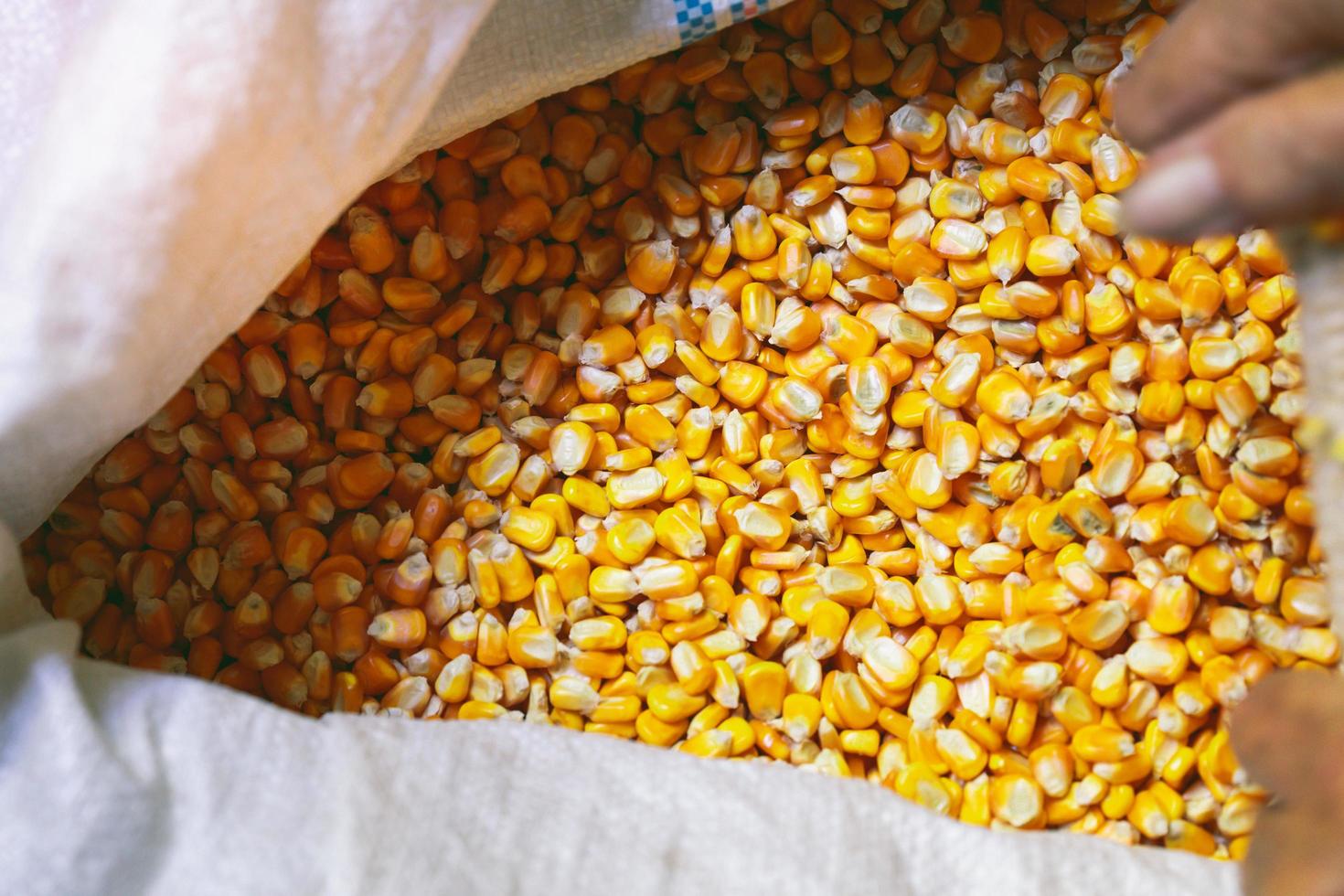

0 thoughts on “How Many Seeds In A Unit Of Corn”